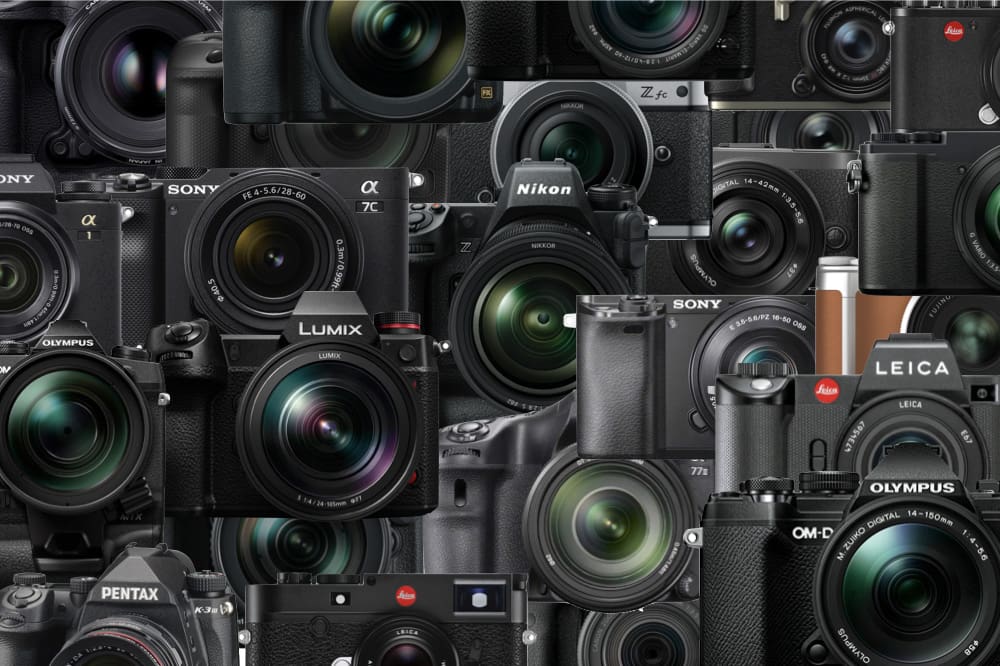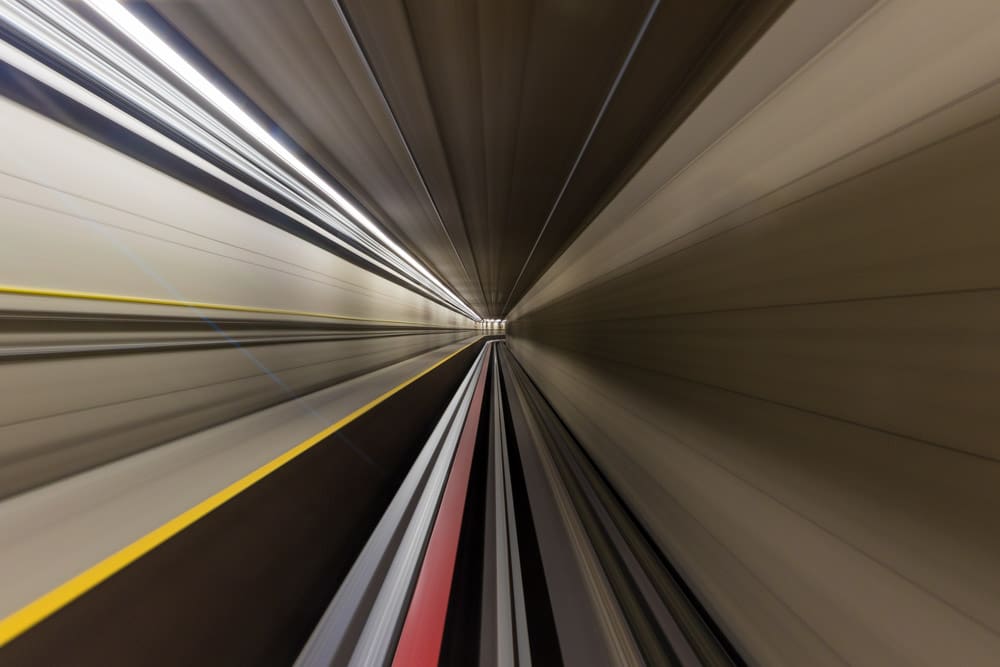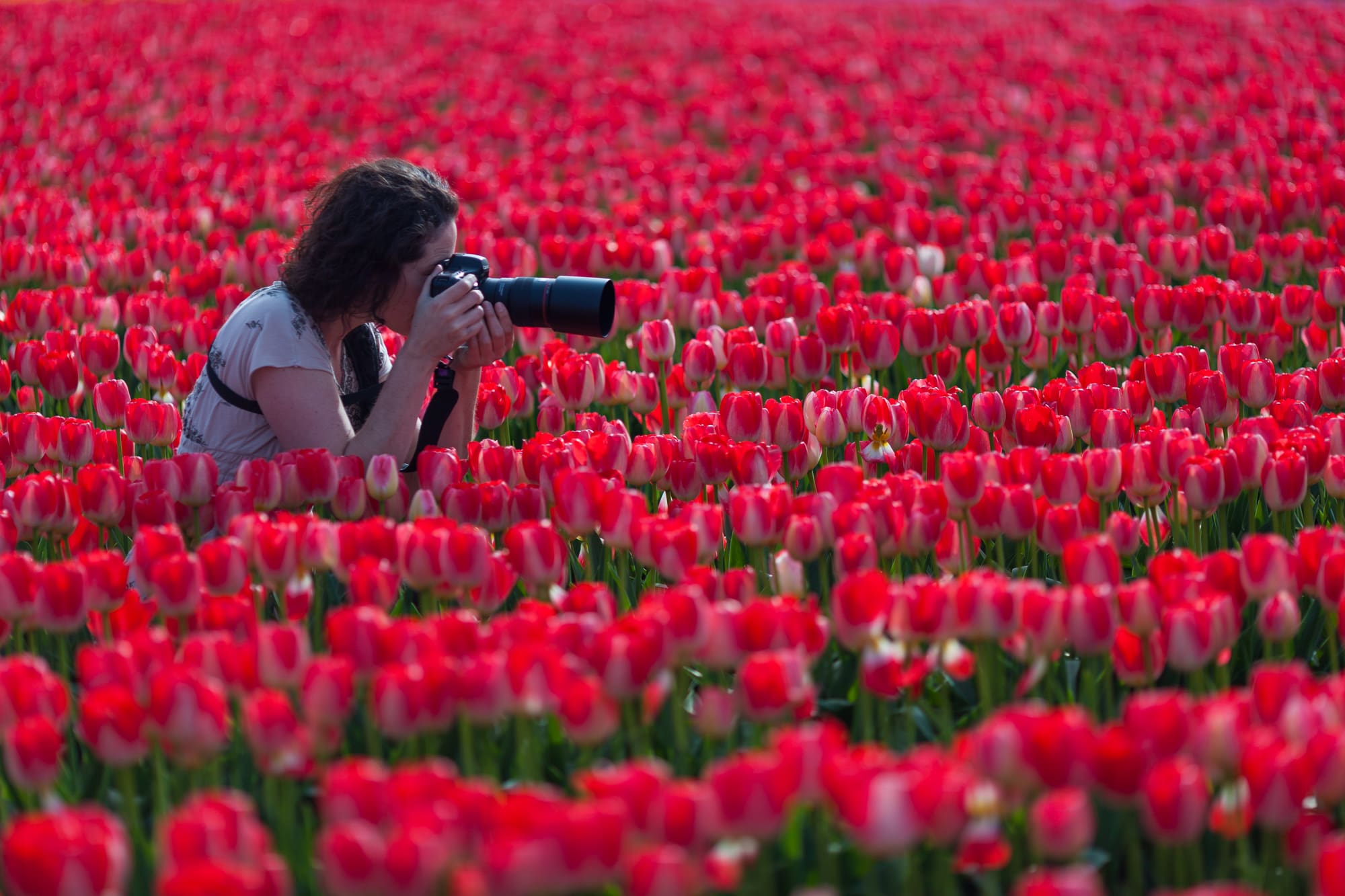Something has been bugging me lately and I need to get it off my chest. The pronunciation of one of photography’s most important controls seems to be drifting in how people say it. I know the pronunciation of a single word isn’t critical for taking good photos, but it’s part of the culture of photography, and details matter to me. So, how do you pronounce ISO?
The history
When I got started in photography in the late 80’s, I was in college where we were learning with 35mm film cameras. In regards to the film we used, it had speed ratings listed as “ASA”, or “ISO” or a combined rating of “ASA/ISO”. Well, it’s been a long time and my memory may be a little foggy, but I recall being told that ASA was the traditional number and it was being changed to ISO. And true enough, over the years ASA slowly disappeared.
What was really happening is that the American Standards Association (ASA), established in 1928, took on the task or organizing a variety of standards in the United States. In 1943 the ASA formalized a system for grading a photographic film’s reception to light. This system was tweaked and adjusted over the years and is basically what we have today for rating the sensitivity of the sensors in our cameras.
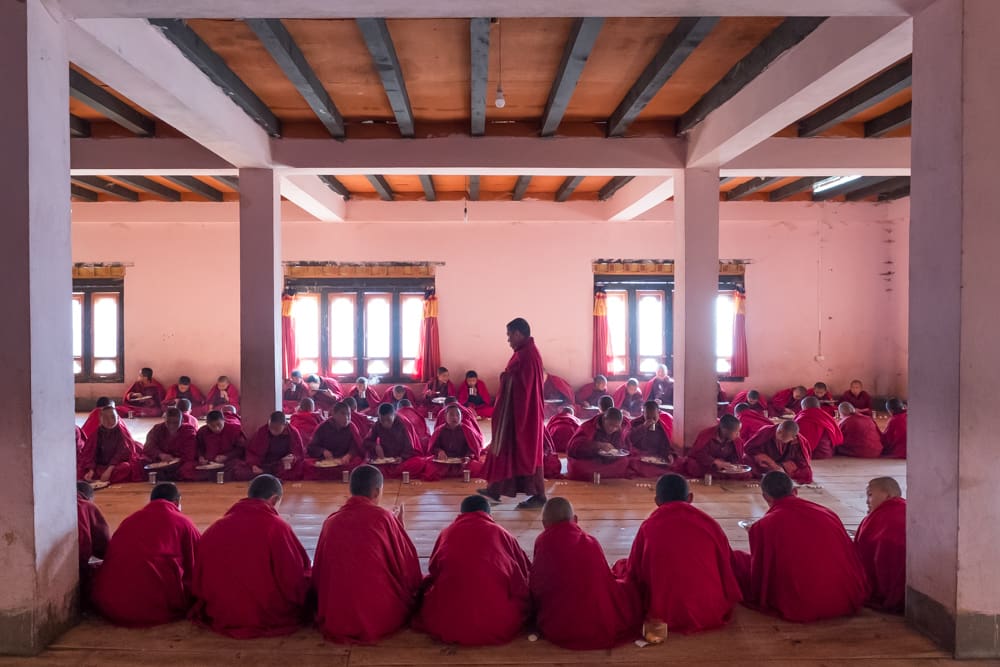
In 1947 an international coalition for standards was being formed by the joining of two other organizations, the International Federation of National Standardizing Associations (ISA) and the United Nations Standards Coordinating Committee (UNSCC). This new International Organization of Standards would go on to set practical standards for technical, industrial, and commercial uses on a world-wide scale.
The International Organization of Standards went on to be comprised of national standards bodies like ANSI (American National Standards Institute) or SA (Standards Australia). ANSI has a long history in the United States and was known as ASA between 1928 and 1966.
Pretty much every country on the planet is now a member or correspondent member of ISO. Due to differing languages the initials and the order of them could vary from one language to another (OIS in English, OIN in French). What is a standards organization to do with this confusion? They decided to simply call themselves “ISO”.
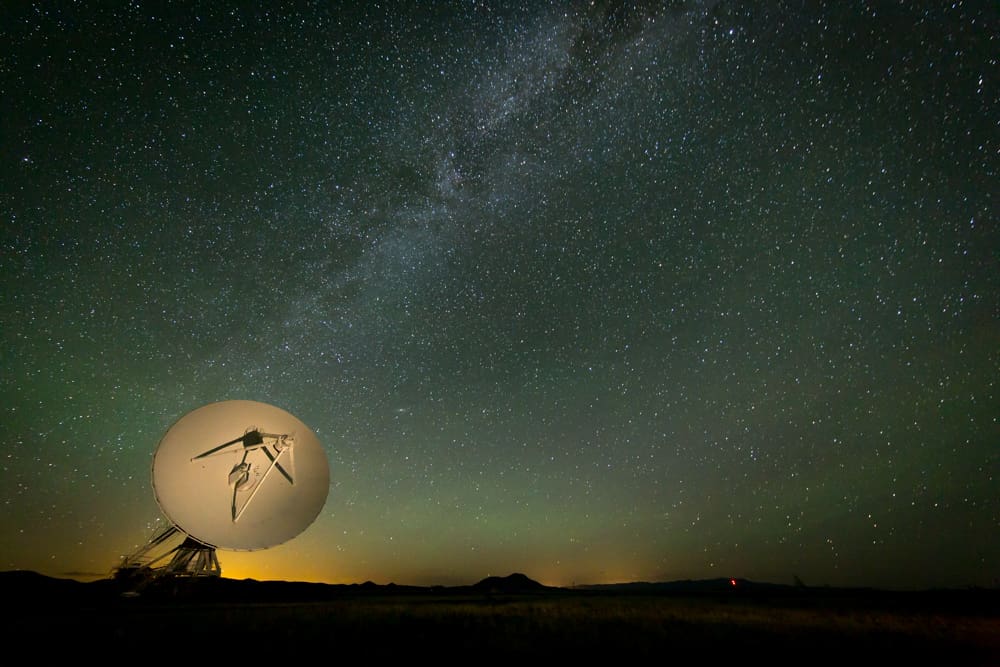
ASA to ISO
For photographers, film speed ratings were changing from “ASA 100” to “ISO 100”. This change over from ASA to ISO is the critical origin point of our debate in my opinion. When it came to pronunciation of ASA, it was universally spelled out “ay-es-ay” and not spoken as a singular word; “a-sa” or “ay-sa”. I believe for most people changing from one 3-letter acronym to what looks like another 3-letter acronym seemed like an intuitive step. Furthermore, ISO made the branding choice to spell their name in all capitals and for an international standards organization it sure felt right to spell it out like so many others: FBI, CIA, IRS, IOC, WHO.
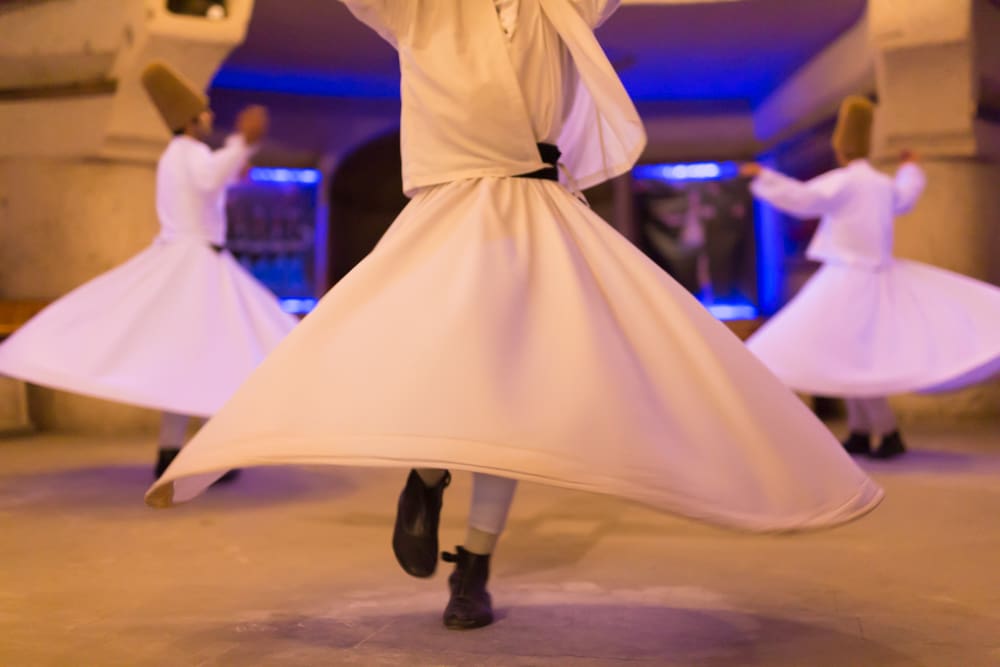
It is quite possible that the ISO wanted their standard to be spoken as a singular word rather than spelled out, but that wasn’t made clear to the photography world. Back in the day I was taught that ISO was pronounced by each letter “eye-es-oh”. My teachers said it this way, as did the more experienced students. When I switched schools to a different state, everyone there also pronounced out all the letters “eye-es-oh”. I even checked with a colleague who grew up on the other side of the country. In learning photography and working as a professional in a variety of environments, the 3-letter pronunciation “eye-es-oh” was all he ever heard. A former Kodak representative told me that there were regional differences in some places but because the transition was from ASA to ISO most kept to the 3-letter pronunciation, “eye-es-oh”.
This three-letter pronunciation “eye-es-oh” was standard practice by everyone at the newspapers I worked at, as well as at national conventions with guest photographers from around the country. Even at the camera shops, which were visited by sales representatives from the film companies, everyone I met would pronounce it “eye-es-oh”. I never recall an experienced, educated or well-travelled photographer say ISO as a singular word “eye-so” during the 80’s, 90’s and 2000’s.
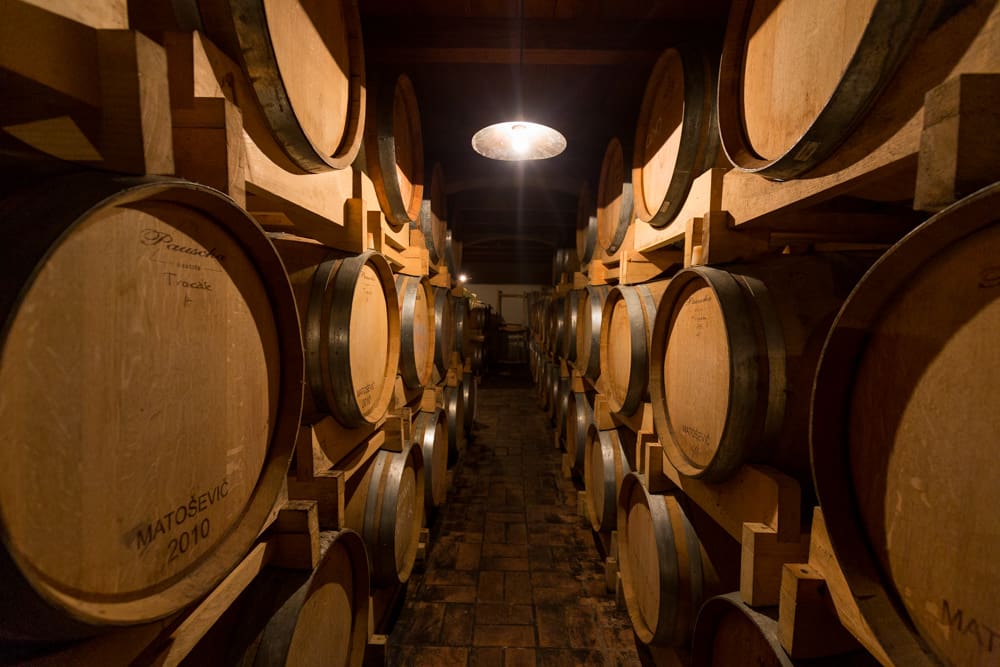
Who says “eye-so”?
This is not to say that I didn’t hear the occasional singular-word pronunciation of “eye-so”. When I heard this version of it, it made me cringe. I would wonder quietly to myself, was I wrong about how I spoke? In every instance I would later find out that the source of the singular pronunciation “eye-so”, was a beginner photography student or someone unfamiliar with photography all together. At that point the cement had hardened: when I heard “eye-so”, I thought newbie.
Fast forward into the digital age and the internet and I suddenly start hearing “eye-so” from popular YouTubers. I cringed every time I heard it. Each time I came across a video or article on the subject I’d read through all the comments to see what people were saying. I was looking for definitive proof of one way being right or wrong. Unsurprisingly, the conflict was not resolved in the comments section.
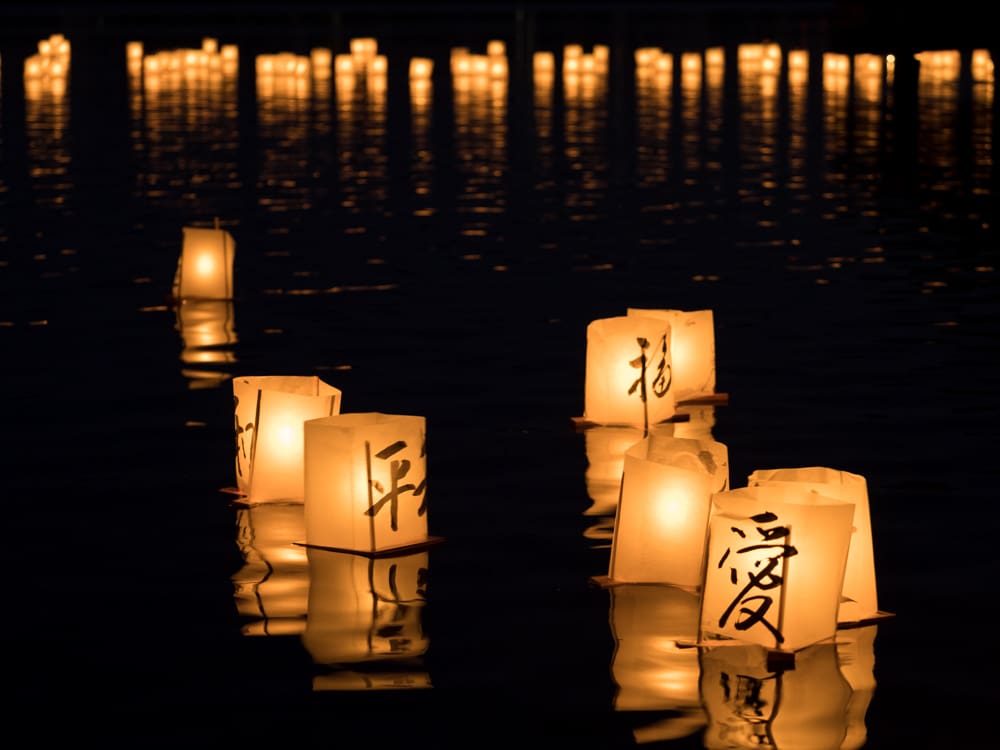
Those in defense of “eye-so” state that the title ISO has nothing to do with the fact that the name of organization is the International Organization of Standards. Really, nothing to do with it at all; I’m not buying that theory. They also quote the ISO.org website that claims their name comes from the Greek language, where “isos” means equal. To be fair, the ISO organization does say this, but it doesn’t say anything about the correct way to pronounce it.
It’s my opinion there seems to be a bit of revisionist history going on here. The information about the origins of the name was only made public, at least to my eyes, well after the invention of the internet, and long after it became a standard in photography. A correct pronunciation was clearly not articulated to the public for the first several decades of ISO’s involvement in film speeds.
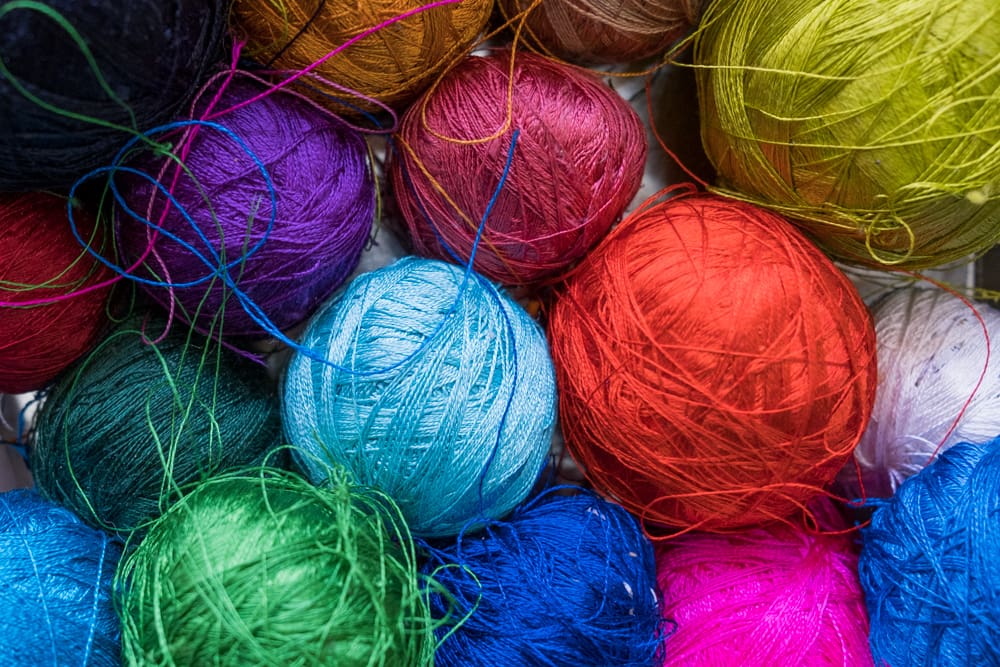
How does the ISO company pronounce their own name?
I was able to find an official video from the ISO that is an educational piece that promotes their work. In the video they clearly say ISO as a singular word “eye-so”, several times. One can only assume that this video from 2010 was overseen and approved by the highest levels of the organization. So is that it, am I (and most every photographer that I’ve every met) wrong? I don’t know.
Clearly the 3-letter pronunciation “eye-es-oh” is ingrained deeply in the photographic world. I can go along with the idea that the organization’s name is pronounced “eye-so.” They make that clear in their video, and if an individual or organization wants to be called by a certain name, I can respect that.
But I think I could argue that ISO as it relates to film speed and sensor sensitivity, is pronounced as a three letter initial “eye-es-oh.” Tradition and history are important and the manner in which ISO became a part of the photographic world was through what a vast majority of the community would incorporate into this culture as a 3-letter pronunciation, “eye-es-oh.”
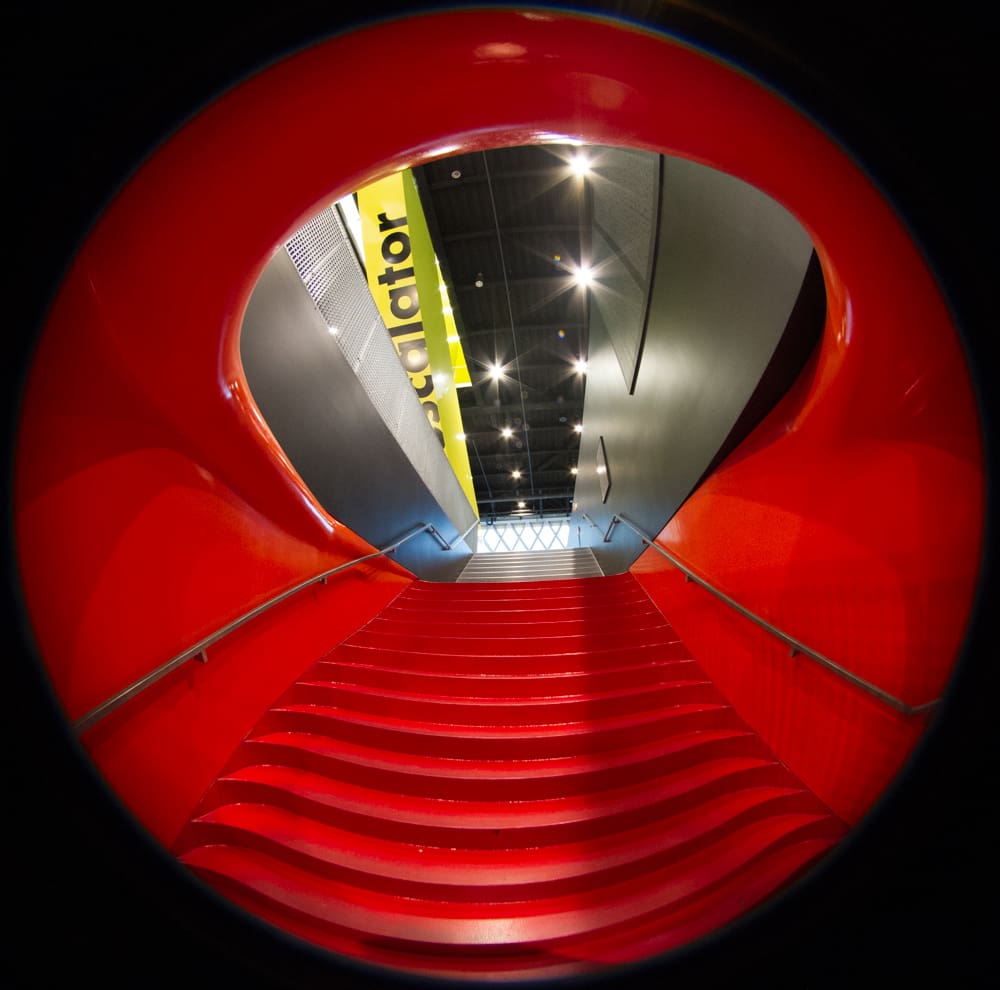
Terms in photography
There are many terms in photography that have a technical glitch in them. Shutter speed is not the speed of the shutter, but rather the exposure time; depth-of-field is really the depth of focus; cropped sensors aren’t cropped, they are just a different size; mirrorless cameras are named for the item they don’t have; and the list of illogical terms goes on and on.
Do we continue with the language choices that have brought us to this point in time, or shall we force everyone to fix their language and conform to a new standard. And how would we go about making and enforcing a change like this? No doubt we have to form some sort of international standards organization to make sure everyone was doing it right. Uh-oh!
Become part of John’s inner circle
Sign up for the newsletter here – it’s free.
Want to become a better photographer?
Check out John’s selection of photography and camera classes here.

